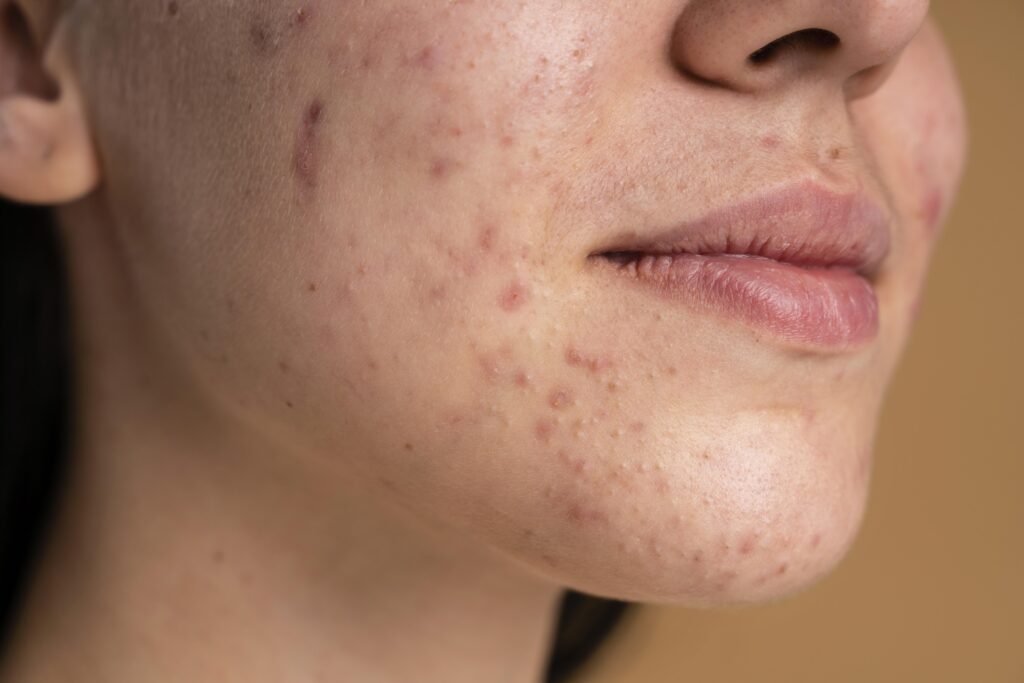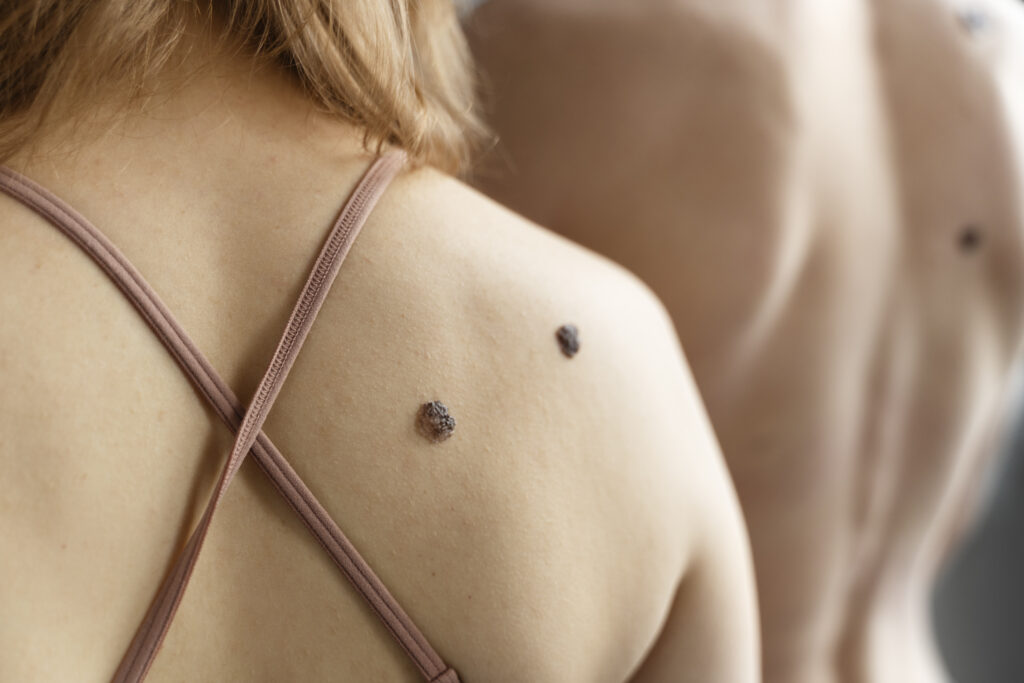
Introduction
Are you an insulin-resistant or medical-type II diabetes patient? One must not overlook the symptoms of diabetes that could be evident in skin problems. At times, these signs are the initial subtle signs that show there is an issue with the body. It is very important to address skin infections on time; otherwise, they become incredibly challenging, not to mention if you are diabetic. 12 symptoms of poor diabetes control or insulin resistance that manifest on the skin.
1. Velvety Skin Patches

Skin that appears to be permanently tanned or has areas of skin that give the appearance of being coated in velvet is symptomatic of an overload of insulin production. These patches often manifest themselves on the back of the neck, on the armpits, or in the groin region. They can either be black or brown and are usually a sign of pre-diabetes or insulin resistance. That is why, if you observe such patches, it is high time that you seek to be tested for diabetes.
2.Blisters

Still, individuals with diabetes are not immune to blisters on the skin, although they are not very common. These blisters can be found on the hands, feet, legs, or forearms, and their appearance might be that of a third-degree burn. Diabetic blisters are, however, different from burn blisters since they are largely asymptomatic. These blisters should be referred to your doctor, as they are at times a source of infection.
3. Yellow, Reddish, or Brown Skin Patches

Otherwise called necrobiosis lipoidica, these patches develop from small, firm nodules resembling pimples. Slowly, they become red or brown, hard, and swollen paules, which can be yellowish in color. This is a skin condition that mostly affects the legs, and symptoms include redness, swelling, and the skin becoming hard. Skin around such areas may become smooth and may have a porcelain-like sheen, and blood vessels could be seen. Although this condition, known as necrobiosis lipoidica itself, is not dangerous, it is embarrassing and may become somewhat painful. If you observe such patches, then it is high time that you employ better glycemic control and visit your physician.
4. Hardening and Thickening of the Skin

The doctor’s term for the skin’s hardening or thickening of the fingers, toes, or both is known as digital sclerosis. Jake also noted that it can cause the skin at the back of the hands to become tight like wax and may also cause hand stiffness, so the fingers can hardly bend. This condition can also manifest itself from the elbow to the wrist, from the shoulder to the neck, and from the back. The skin may thicken to the extent that it hampers one’s movement if the condition has advanced to the face, shoulders, and chest. Diabetic patients, especially those whose condition is poorly managed, are among those most susceptible to this ailment. It is good to note that all these symptoms can be reduced once diabetes is well managed.
5. Open wounds and Sores

Restricted blood flow and damage to nerves due to diabetes result in the formation of open sores, or diabetic ulcers. The lacerations may develop into major, deep infections if treated inadequately. One should check his or her feet every day for blisters and consult a doctor in case of recordation. Lesions, if left untreated, may result in serious infections and, at times, lead to the amputation of the affected limbs.
6.Skin Infections

Diabetes increases the chances of skin infections, which are likely to manifest as hot, swollen, and uncomfortable areas on the skin. It could also have a rash, itching with small vesicles, or small dry areas that are scaly with discharges. Skin infections can be located anywhere but are most common in the area between the toes, under the nails, and on the scalp. Thus, these areas should be dried, and infections should be treated when they occur so as not to expose the patient to additional risks.
7. Raised red or Skin-Colored Lumps

Granuloma annulare presents as delimitated, dome-shaped, slightly elevated, red or skin-coloured papules that can evolve into plaques and can be located at the expense of any cutaneous region. Though the association between GA and diabetes is not well understood, it is noteworthy that GA occurs more often in diabetic patients. If you pick up these lumps, then it is advisable that you go for a diabetes test.
8. Shin Spots

Diabetic dermopathy results in the formation of circular or linear lesions on the skin that come up as shallow pits. These brown age spots most often develop on the shin but can develop on the arms, thighs, trunk, or any other region of the body. These are small brownish areas, which do not cause any discomfort and may be mistaken for skin freckles; however, they suggest that diabetes is unstable.
9. Small Reddish-Yellow Lumps

Eruptive xanthomatosis manifests as small nodules that are red-yellow and form a pimple-like population. These lumps are usually found on the butts, thighs, elbows, or the back of the knee; they are usually sore and may cause itching. They are relatively frequent in diabetics whose hyperglycemia is not regulated and tend to disappear if glycemia increases are controlled.
10. Yellowish, Scaly Spots Around the Eyes

Xanthelasma leads to the formation of yellowish, scaly patches around the eyes and also reveals high density of fats in your blood. This is a condition that needs medical intervention since it is a sign of that diabetes is not well managed.
11. Dry, Itchy Skin

Itching and extremely dry skin are well-known symptoms that most diabetic patients experience, mostly during the cold or dry seasons. This is especially true if the patient has high blood sugar levels, has infected skin, or has poor blood circulation. To save the skin from becoming too dry, creams such as CeraVe can be used.
12. Skin Tags

Skin tags are described as skin-coloured or lightly coloured benign tumours that protrude from the skin and may dangle, and they are apparently present in patients with diabetes. If a person has many skin tags, this may suggest high insulin levels or type 2 diabetes. Skin tags are mainly on the skin fold areas, such as the eyelids, neck, armpits, and groin.
Self-Care Tips for Diabetic Skin Conditions
If the rash, for some reason, becomes a blister, then it is best not to burst it since the peeling skin is what shields the blister from infections. Wash the area with warm water and a mild soap, then use an antiseptic and apply it to the wound with gauze. Shower with the blister exposed, only change the bandage in the evening, and do not wear shoes that contributed to the blister until the skin on the bottom of the foot has recovered completely.
In cases of small cuts and rashes, one should wash the area with warm water and soap, apply antibiotic cream, and then apply a bandage from a gauze pad or a cotton ball. Cover it with hypoallergenic tape and make sure that the bandage is tight enough; a new bandage should be applied in the morning. Continue to observe the affected body part for signs of an increase in the infection’s severity; see a doctor if needed.
Conclusion
This way, you can be in a better position to manage your diabetes without falling prey to the mentioned skin conditions. These are some of the signs you should seek medical attention from your doctor for a proper checkup and advice. Many of the skin problems of diabetes can be solved, or at least eased, if other aspects of the disease are controlled better.
FAQs for Skin problems due to diabetes
What should I do if I notice yellow, reddish, or brown patches on my skin?
These patches, known as necrobiosis lipoidica, are a sign of poor diabetes control. It's important to improve your diabetes management and consult your doctor for further evaluation and treatment.
What causes dark, velvety patches on the skin?
Dark, velvety patches, known as acanthosis nigricans, are caused by high insulin levels in the body and are often associated with insulin resistance or pre-diabetes.
How can I manage hardening and thickening of the skin?
Improving diabetes control can help manage digital sclerosis. Physical therapy may also be beneficial if you have difficulty moving your joints due to thickened skin.
What are diabetic ulcers and how can I prevent them?
Diabetic ulcers are open wounds caused by poor circulation and nerve damage. Inspect your feet daily for sores and seek medical attention if you find any. Proper diabetes management and foot care can help prevent these ulcers.
What is granuloma annulare and is it linked to diabetes?
Granuloma annulare causes raised, red, or skin-colored lumps. While the exact link to diabetes is unclear, it is more common in people with diabetes. If you notice these lumps, get tested for diabetes.









Leave a Reply